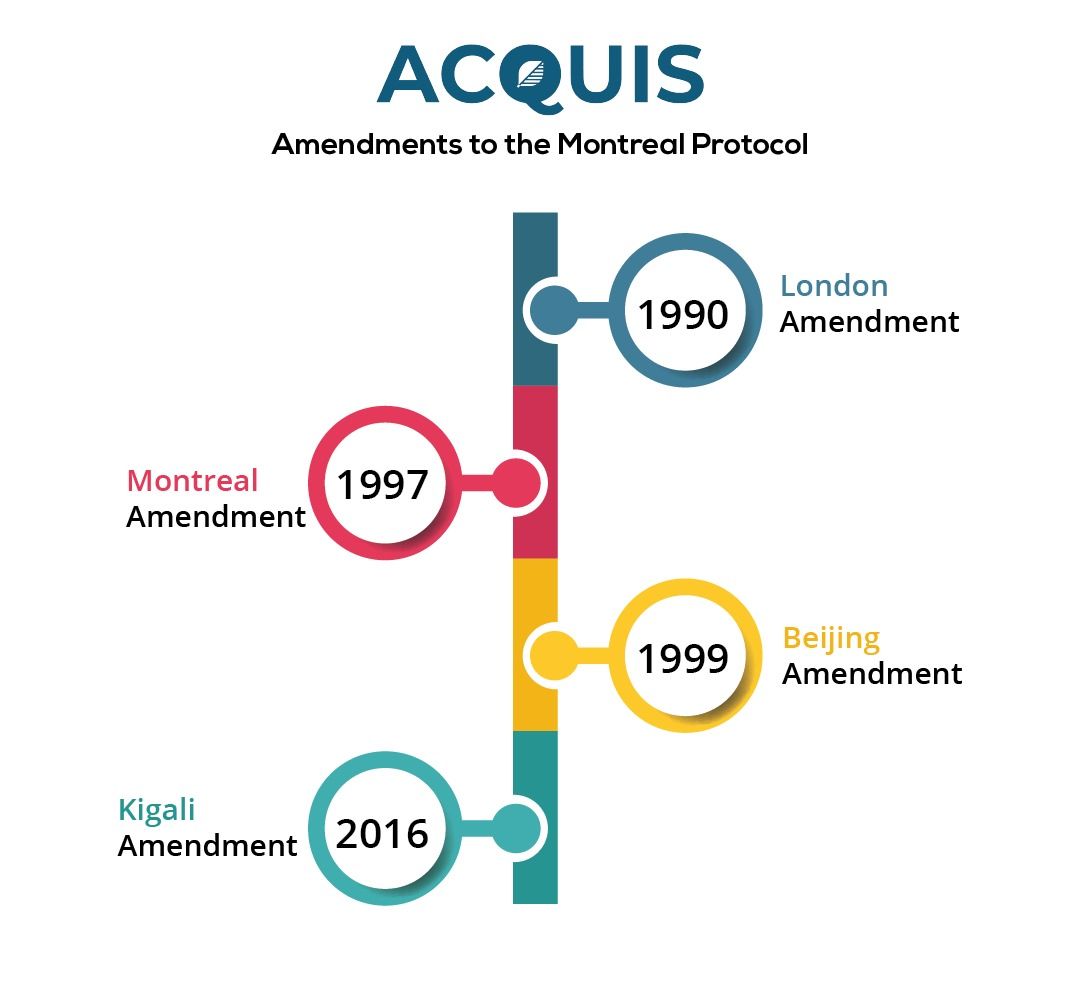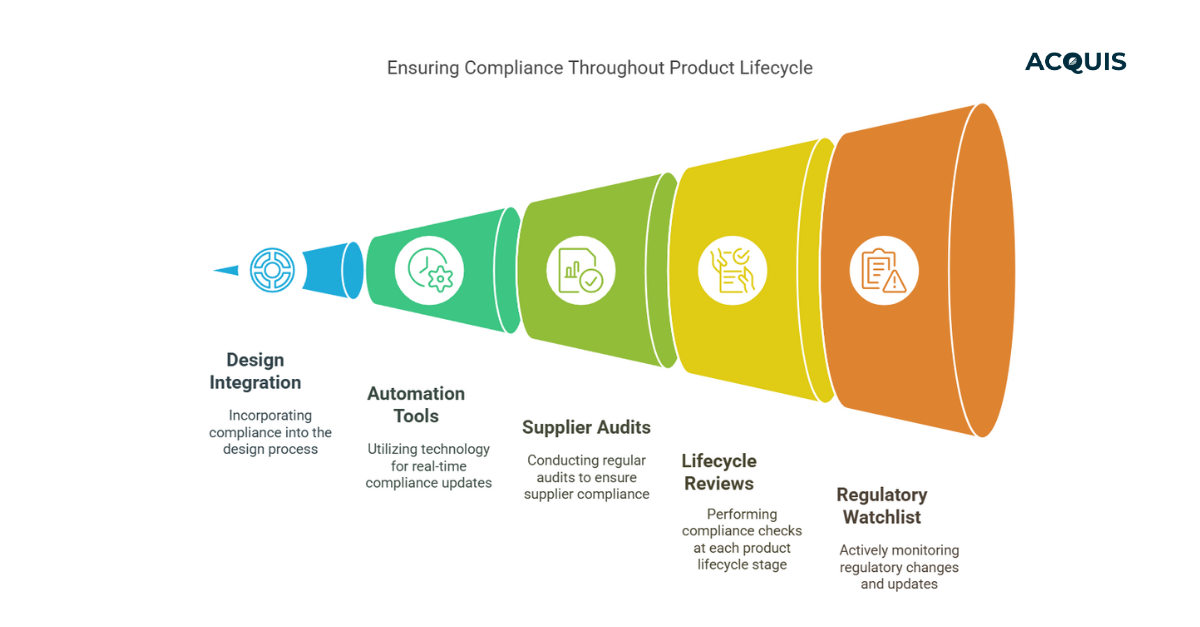Table of Contents
The Montreal Protocol on Substances that Deplete the Ozone Layer is an international treaty designed to protect the ozone layer by phasing out the production and consumption of substances that are responsible for ozone depletion. The treaty was adopted on September 16, 1987, and entered into force on January 1, 1989, the protocol has been recognized as a landmark environmental agreement.
The primary objective of the Montreal Protocol is to phase out the production and consumption of ozone-depleting substances (ODS) to protect the stratospheric ozone layer.
Montreal Protocol: A Pioneering Agreement
This pioneering agreement, initiated in response to escalating environmental concerns, saw developed countries committing to the phased reduction of Chlorofluorocarbons (CFCs) from 1993 onwards. The protocol outlined ambitious targets, including a 20% reduction by 1994 and a subsequent 50% reduction by 1998, relative to 1986 consumption levels. Simultaneously, the production and consumption of Halons were frozen at 1986 levels. Despite these proactive measures, post-protocol revelations based on updated data underscored more severe damage to the ozone layer than initially anticipated.
Strengthening the Montreal Protocol: Adaptations and Progress
Dynamic Adjustments and Strengthening:
In response to unforeseen challenges, the Parties to the Montreal Protocol have demonstrated a commitment to adaptability and progress. Through strategic amendments, the agreement has evolved to enable control over new chemicals and establish a financial mechanism aiding developing countries in compliance. A distinctive feature of the protocol is its adjustment provision, facilitating swift responses to emerging scientific insights. These adjustments, once agreed upon, automatically apply to all ratifying countries. The Montreal Protocol's journey reflects a continuous process of strengthening, with ongoing efforts to control additional Ozone-Depleting Substances (ODS) and advance phased-out deadlines for substances already under regulation.
Strengthening Environmental Safeguards: Amendments to the Montreal Protocol:

Over the years, the Montreal Protocol has witnessed pivotal amendments that have significantly enhanced its effectiveness in protecting the environment. These amendments reflect a collective commitment to address emerging challenges and promote sustainable practices. Let's explore the key amendments that have reinforced the Protocol's environmental impact:
-
London Amendment (1990) This groundbreaking amendment accelerated the phaseout schedule, compelling developed countries to entirely eliminate Chlorofluorocarbons (CFCs), halons, and carbon tetrachloride by 2000, with developing countries following suit by 2010. Additionally, methyl chloroform was included in the list of controlled Ozone-Depleting Substances (ODSs).
-
Copenhagen Amendment (1992) Marked by significant strides in ODS phaseouts, this amendment introduced a Hydrochlorofluorocarbons (HCFC) phaseout for developed countries, commencing in 2004. This further emphasized the global commitment to curbing the use of detrimental substances.
-
Montreal Amendment (1997) Expanding the scope of phaseouts, this amendment incorporated Hydrochlorofluorocarbons (HCFCs) in developing countries and methyl bromide in both developed and developing nations. The inclusive approach aimed to address environmental concerns across a broader spectrum.
-
Beijing Amendment (1999) Introducing more stringent controls, this amendment focused on HCFCs by tightening regulations on their production and trade. Additionally, bromochloromethane joined the list of controlled substances, underscoring the commitment to comprehensive environmental protection.
-
Kigali Amendment (2016) Recognizing the climate impact of Hydrofluorocarbons (HFCs), this forward-looking amendment extended controls to phase down their production and consumption. This strategic move demonstrated an evolving understanding of environmental challenges and a commitment to mitigating their broader implications.
The Vienna Convention: Pioneering Ozone Protection
-
Introduction to The Vienna Convention: Adopted in 1985, the Vienna Convention stands as a crucial milestone in the trajectory of environmental conservation, serving as the precursor to the Montreal Protocol. This visionary agreement laid the framework for concerted global endeavors aimed at safeguarding the ozone layer. Although not prescribe explicit actions, the Convention played a foundational role in shaping the subsequent development and implementation of the Montreal Protocol.
-
Context and Genesis: The 1970s and 1980s witnessed a mounting sense of urgency regarding the potential peril posed by Ozone-Depleting Substances (ODS) to the Earth's protective ozone layer. Responding to this burgeoning international concern, the Vienna Convention emerged in 1985 as a collaborative response, formalizing the commitment of nations to joint efforts in ozone protection.
-
Vienna Convention's Contribution: While the Vienna Convention did not mandate specific actions, its significance lies in providing the groundwork for the Montreal Protocol. This precursor laid the groundwork for subsequent agreements and initiatives, becoming a cornerstone in the collective pursuit of ozone preservation.
-
Link to the Montreal Protocol: The Vienna Convention's influence reverberates through the subsequent development of the Montreal Protocol on Substances that Deplete the Ozone Layer, signed in 1987. This evolution underscores the dynamic and collaborative nature of international efforts to address environmental challenges.
Collaborative Efforts: UNEP Ozone Secretariat:
International cooperation is facilitated by the United Nations Environment Programme (UNEP) Ozone Secretariat. U.S. agencies, including the EPA, work closely with the UNEP Ozone Secretariat to implement the Montreal Protocol and ensure effective global collaboration.
Assessment Panels: Informed Decision-Making:
The Parties to the Montreal Protocol benefit from advisory bodies known as Assessment Panels, including:
-
TEAP (Technology and Economic Assessment Panel) TEAP provides technical insights into alternative technologies, aiding in the reduction of ODS usage that harms the ozone layer.
-
SAP (Scientific Assessment Panel) SAP assesses the status of ozone layer depletion and relevant atmospheric science issues.
-
EEAP (Environmental Effects Assessment Panel) EEAP evaluates the various effects of ozone layer depletion.
OzonAction: UNEP's Program for Global Support:
The UNEP's Division of Technology, Industry, and Economics OzonAction Programme plays a pivotal role in providing information exchange services, training, and networking to industry, government, and stakeholders in developing countries. Additionally, the program assists in Country Programmes and Institutional Strengthening projects, contributing to the overarching goals of the Montreal Protocol.
The Montreal Protocol and its amendments showcase the power of international collaboration in addressing environmental challenges. From initial concerns in the 1970s to the present day, this regulatory framework stands as a beacon of global unity in protecting the ozone layer, with ongoing efforts ensuring a healthier planet for future generations.



